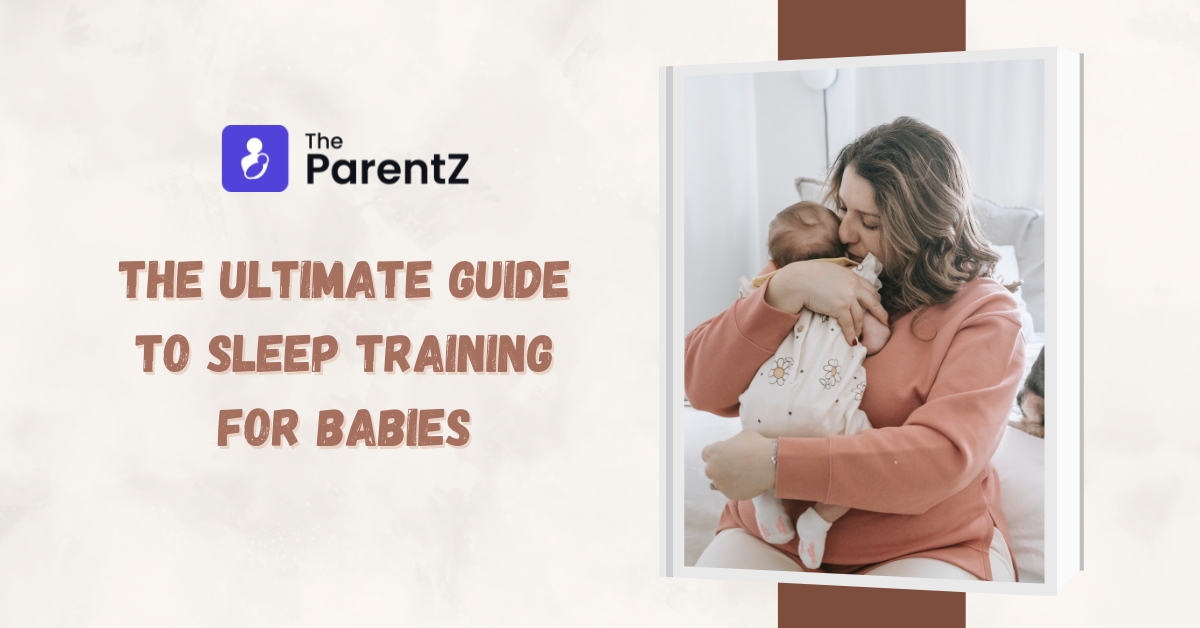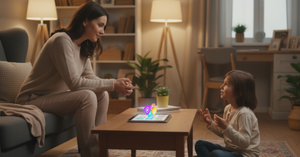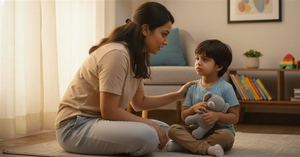Introduction
As a parent, you might probably wish the time could move slower so you could embrace the little, precious moments of your baby a little more. On the other hand, you might probably be waiting for the time when your baby can sleep soundly at night.
While sleep is an essential part of a baby’s growth and development, many parents struggle with getting their little ones to have a sound sleep on their own. And if you are a new parent, this task can certainly be overwhelming for you. In this case, you might want to explore the topic of sleep training.
A recent study reported that sleep training resulted in significant improvements in the babies’ sleep patterns, with 94 percent improvement in sleep duration and 85 percent improvement in night time awakenings.
Read below this article to learn about what sleep training is and some of the best methods for getting your baby to get proper sleep at night.
What is sleep training?
Sleep training is much more than just teaching your baby to fall asleep independently. It involves letting your little one cry it out, paying attention to your baby’s needs, and feeding your baby even at 3 a.m. While sleep training is a personal choice and might differ for every family, according to research, it is an effective approach to inducing longer stretches of sleep in both babies and parents alike.
Your next question might be—what is the right time to begin sleep training? The right period for sleep training usually begins at 4-6 months of age, i.e., when you struggle with your baby’s inconsistent sleep cycle.
The 4 Best Sleep Training Methods for Babies
Here are some of the most effective sleep training methods every parent must know about.
Ferber Method
The Ferber Method involves putting your little one down even when they’re crying to help them learn to self-soothe, besides checking up on them consistently. Make sure you do not pick them up while comforting them. Gradually, start to increase the time intervals of your comforting visits.
Chair Method
Also known as the Sleep Lady Shuffle Method, this method involves sitting on a chair just beside your baby’s cradle and keeping in sight so that your baby knows you are around them. You can then continue to gradually move farther away until the baby falls asleep independently. In this method, you can even pat them or comfort them verbally until your baby is habituated to sleeping independently.
Gradual Extinction
It is also called the cry-it-out method, which involves letting your baby cry to give them time to self-soothe until they fall asleep. This way, your baby will be accustomed to falling asleep independently, making them learn to stop crying gradually over time. For more insights on handling sleep regressions like the 15-month sleep regression, click here.
Pick-Up-Put Down Method
This is another significant approach to sleep training your baby. The idea behind this is to make your baby feel tired so that they fall asleep eventually. Simply keep your baby in his/her crib and continue to check up on him/her at regular intervals, comforting them by picking them up and patting them. Eventually, your baby will be able to fall asleep without your presence.
Conclusion
Sleep training is indeed a game changer for both babies’ and parents’ sake. Incorporating some simple yet effective tips and approaches can lead to a healthier and happier family life. Sleep training, however, is subjective for every family, and the methods that work for someone might not work for you. Thus, it is important to choose the approach that aligns and works best with your lifestyle.








Be the first one to comment on this story.